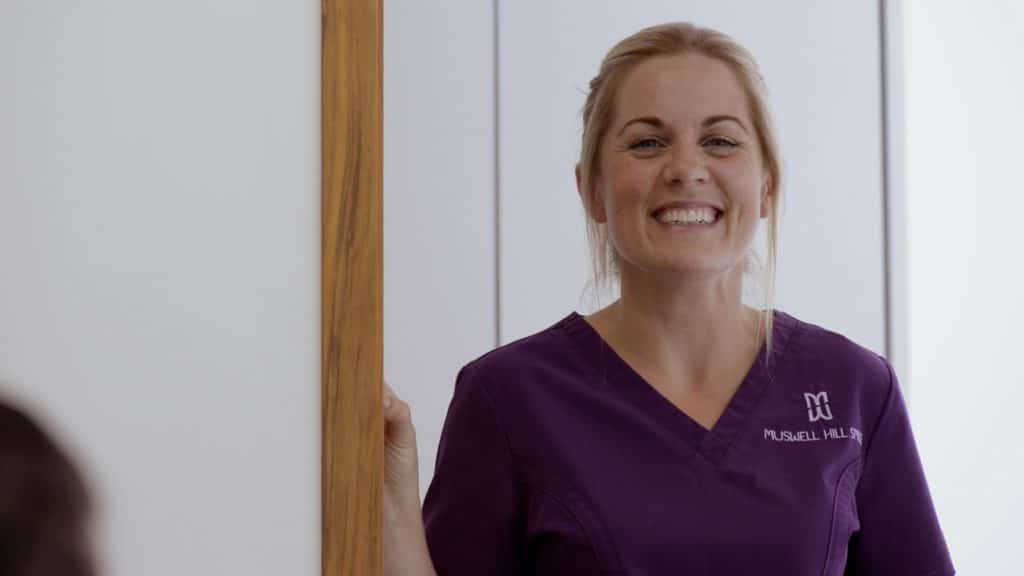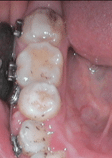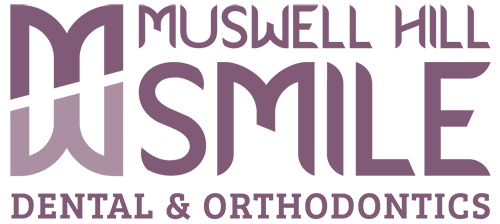
The road to straighter teeth requires special care, as braces can change your oral hygiene routine. You may notice changes in your mouth, and you may find swollen gums with braces come with the territory. You might even worry the swelling is more pronounced than you expected, and wonder when you’ll find relief from the discomfort.

Ceramic or metal brackets cemented to your teeth and threaded with wires make thorough toothbrushing a bit more challenging than it used to be. However, cleaning your teeth to remove bacteria is still as important as it’s always been, because bacterial plaque can lead to gingivitis (gum inflammation) and periodontal disease (gum disease), the first stages of which are red, bleeding, and swollen gums.
The best way to avoid swollen gums or to reduce swelling is by keeping your teeth and braces cleaner. It is more difficult to clean between your teeth when you have braces, but it may be the most important thing you do during your treatment. By practicing excellent oral hygiene, you can actually reduce the amount of time your orthodontic treatment takes. Flossing with braces can be difficut, but it is well worth the effort. Nothing, not even brushing, can replace daily flossing. Removing plaque buildup with floss is vital in preventing gum disease and promoting a healthy environment for your teeth to move to their new positions.
It’s normal to temporarily experience swollen gums after getting braces placed, or after an adjustment. It’s important to follow your orthodontist’s recommended cleaning methods to ensure a properly cleaned mouth. Special floss and brushes made for braces can help clear the debris around the brackets, in-between and hard-to-reach areas.
Sometimes, hypertrophic or hyperplasic gum tissue will not resolve until after the braces are removed. Generally, as long as there is no detachment of the periodontal tissues from the teeth, you probably don’t need to worry. However, you should be carefully and regularly monitored by the dental health professional who is doing the orthodontic treatment. Your orthodontist may elect to send you to a periodontist (a specialist in the diagnosis and treatment of disorders and diseases of the supporting structures of the teeth) for help while you are in braces. In severe cases of gum swelling during orthodontic treatment, it may be necessary to remove the braces and allow gums to heal, or the gum tissues may need surgical correction.




